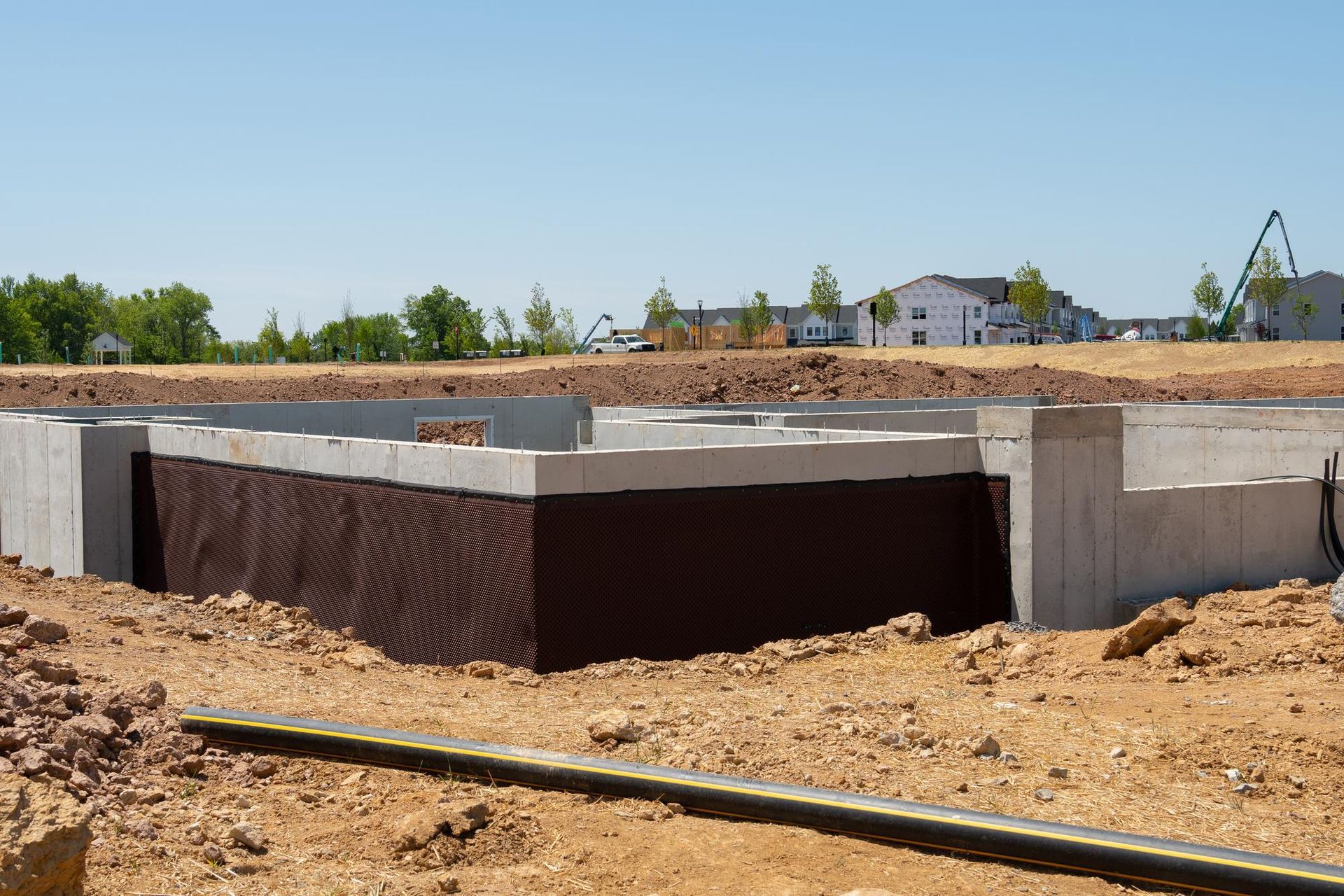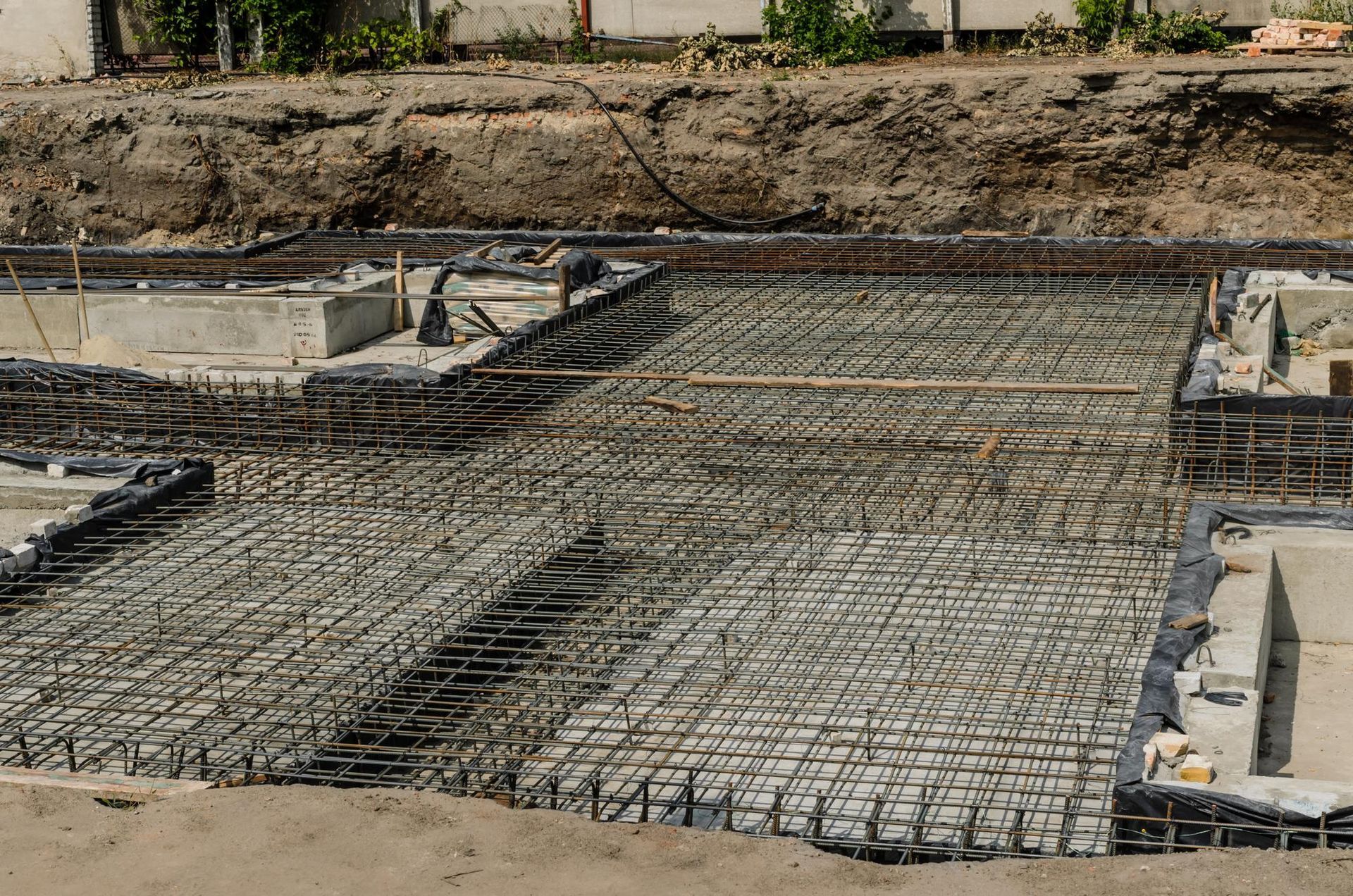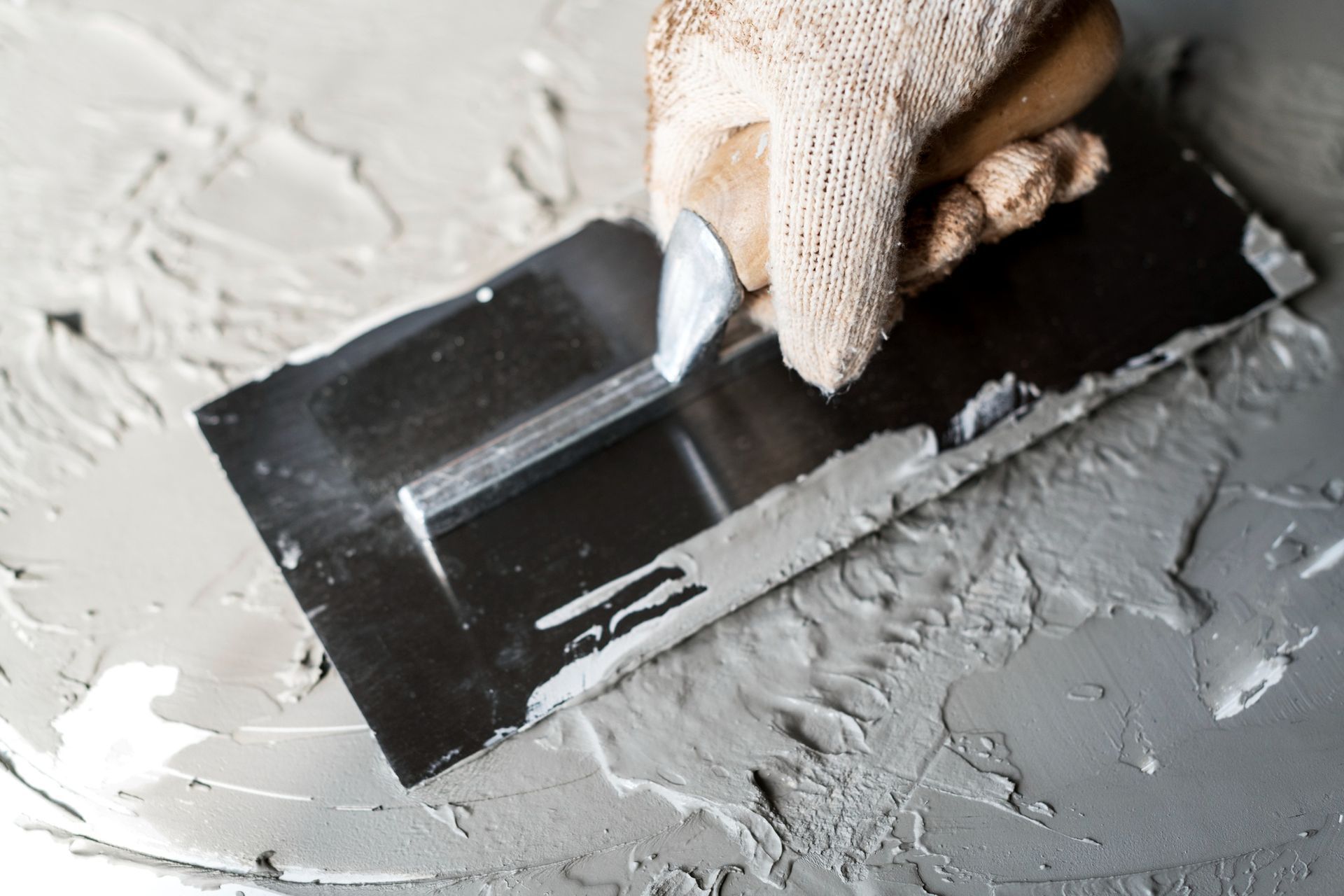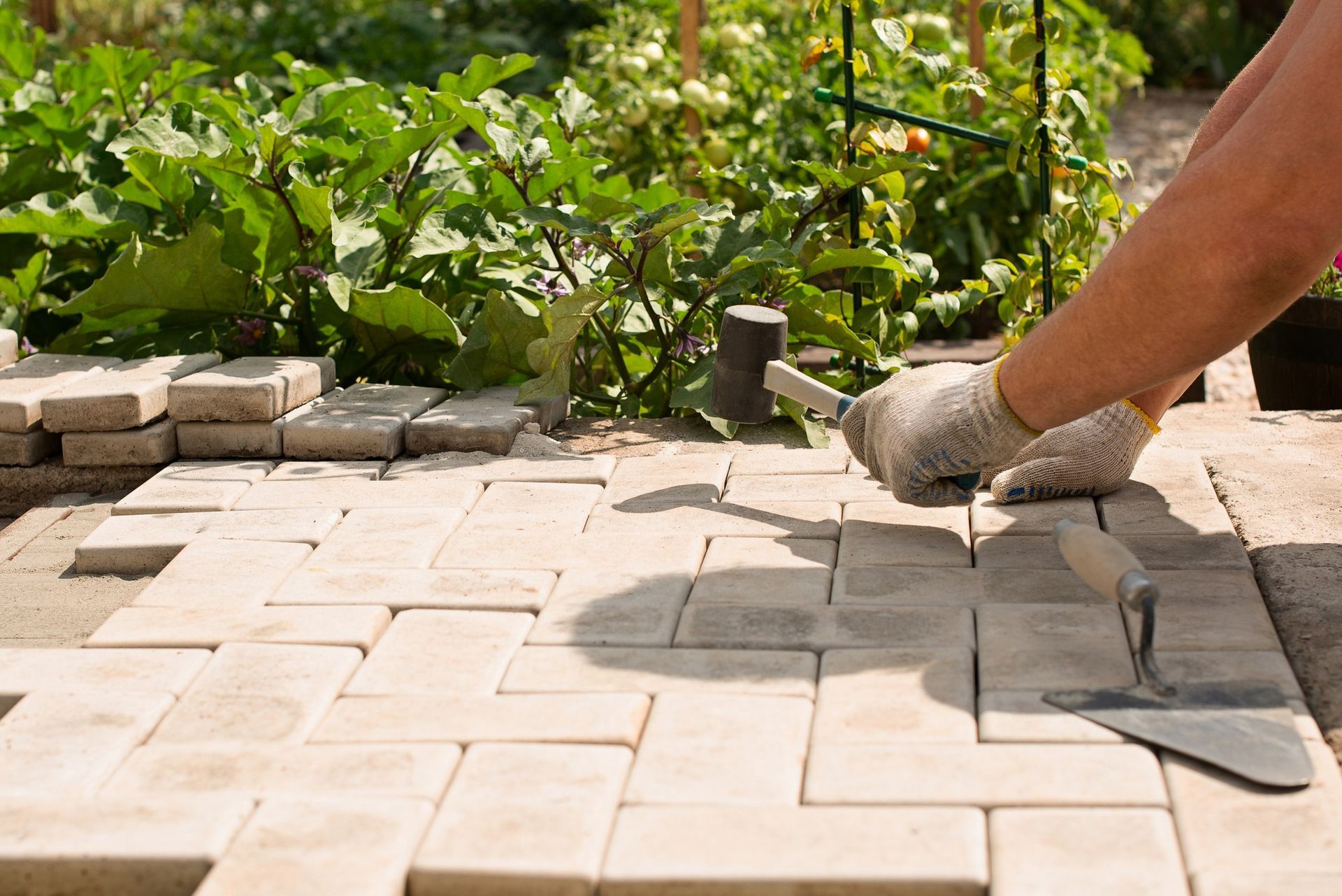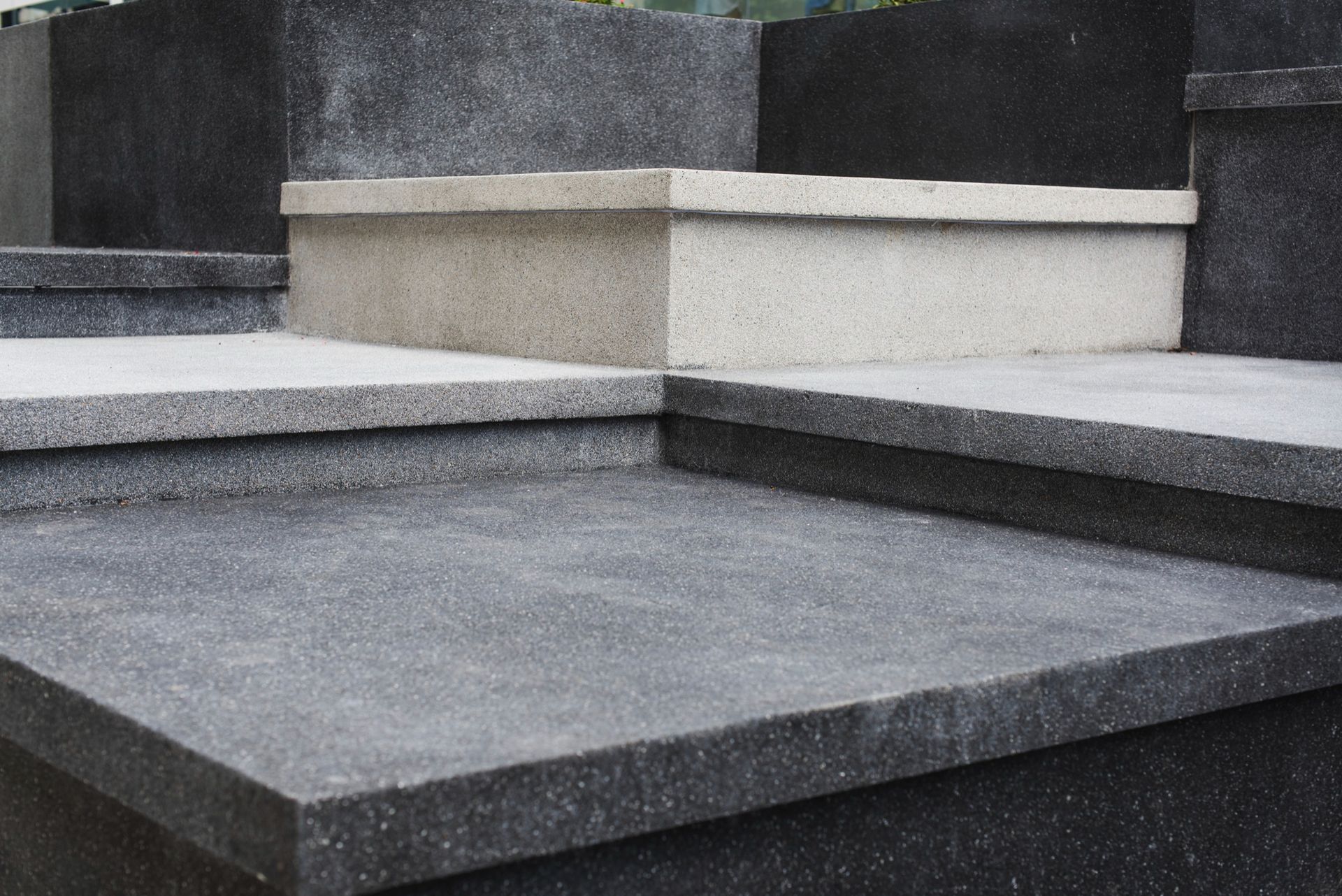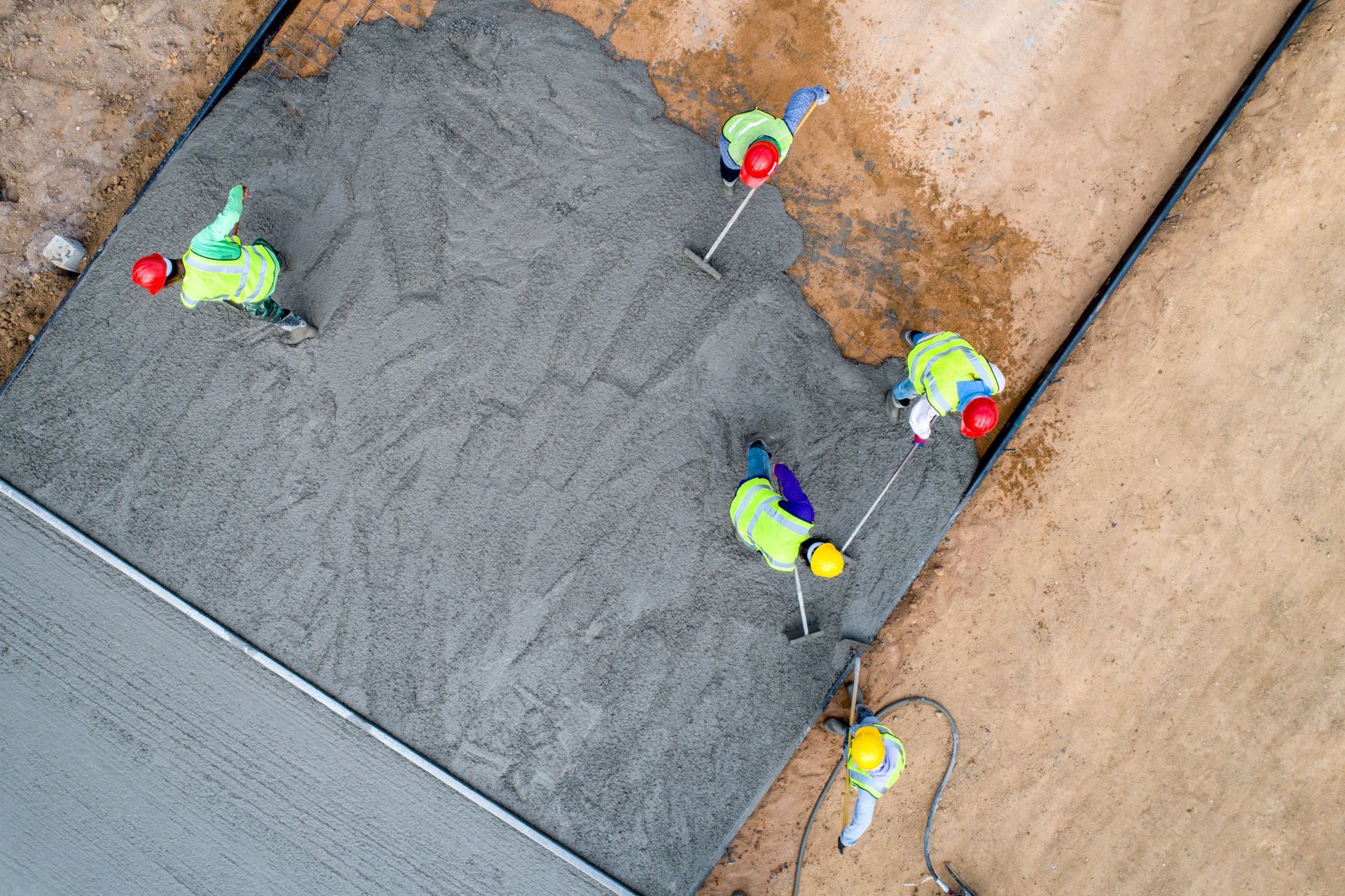Poured Concrete Basement: Top Benefits for Modern Homeowners
Imagine stepping into a basement that's not just a cold, damp storage area but a strong, versatile space reflecting modernity. A place that screams potential, be it as a cozy family den, a state-of-the-art home theater, or even an elegant wine cellar. The secret? A poured concrete basement. Poured concrete basements have dramatically reshaped the way homeowners perceive and utilize this once-overlooked space. Dive in with us as we unearth the myriad benefits they offer to the contemporary homeowner.
History and Evolution of Poured Concrete Basements
Before the concrete revolution, basements were built primarily using stone or brick, often leading to issues with water leakage, durability, and insulation. As construction technologies advanced, the poured concrete basement emerged as a frontrunner. Its strength, resilience, and adaptability made it an instant favorite, transforming basement construction paradigms.
Top Benefits of Poured Concrete Basements for Modern Homeowners
1. Durability and Longevity
When speaking of home foundations, durability isn't just a preference; it's an absolute necessity. One of the primary strengths of a poured concrete basement is its unparalleled resilience. Here's why:
- Composition: Poured concrete is essentially a blend of cement, water, and aggregates. When it hardens, it forms a rock-like mass which provides incredible strength. This strength not only handles the weight of the home above but also copes with external pressures from the ground, ensuring that the basement doesn’t develop structural issues over time.
- Resistance to Elements: Basements often have to contend with shifting soils, especially in areas with frequent freeze-thaw cycles. A poured concrete basement, with its solid structure, is less likely to buckle under such external pressures, offering homeowners the confidence of a lasting foundation.
2. Seamless and Watertight
Water issues in the basement are more than just a nuisance. They can lead to costly repairs, structural damages, and even health concerns. Here's how poured concrete stands out:
- Continuous Structure: Unlike block basements constructed using multiple individual blocks, a poured concrete basement is one continuous structure. This minimizes weak points and joints where water might penetrate.
- Added Measures: When constructing a poured concrete basement, builders often use water-resistant additives and sealants, ensuring an extra layer of protection against moisture. Coupled with the basement's inherent watertight nature, homeowners get a robust defense against potential water intrusion.
3. Increased Home Resale Value
Property value isn't just about location or aesthetics; it's also about foundational integrity. A home built on a solid foundation, like a poured concrete basement, can significantly influence its market value. Here’s why:
- Buyer Confidence: Aware of the longevity and low-maintenance attributes of poured concrete, modern buyers often view homes with such basements as more reliable investments. This confidence can translate into faster sales and higher offers.
- Future Savings: Prospective buyers often consider long-term costs. A poured concrete basement means fewer chances of foundational repairs, water damage, or insulation issues down the line. When buyers realize they're investing in a home that might save them money in the long run, they’re more inclined to pay a premium upfront.
4. Design Flexibility
The basement has evolved from being a mere storage space to an extension of our living areas, and the poured concrete basement plays a significant role in this transformation:
- Adaptable to Architectural Needs: Unlike block basements that can sometimes restrict design due to their predefined shapes, poured concrete can be molded into virtually any design or form. This adaptability ensures that homeowners aren't limited in their architectural endeavors, whether they dream of curved walls, intricate designs, or unique layouts.
- Smooth Finish: A poured concrete basement typically offers a smoother finish compared to its block counterpart. This clean slate is like a canvas waiting for homeowners to paint their vision, be it a stylish home theater, an expansive playroom, or a sophisticated home office.
5. Energy Efficiency
In today’s era of rising energy prices and environmental concerns, an energy-efficient home is a blessing. Here’s how a poured concrete basement contributes:
- Thermal Mass: Poured concrete has an inherent property known as "thermal mass," which means it can absorb, store, and slowly release heat. During winters, it retains warmth, while in summers, it helps keep the basement cool, reducing the need for artificial heating or cooling.
- Sealing Potential: The seamless nature of poured concrete minimizes gaps and cracks, ensuring better insulation. When combined with additional insulation solutions, a poured concrete basement can significantly enhance the overall energy efficiency of the home, leading to more comfortable interiors and reduced energy bills.
6. Low Maintenance
Home maintenance can be both time-consuming and costly. A poured concrete basement is a boon for those seeking longevity with minimal upkeep:
- Resistance to Pests: Unlike wooden foundations, poured concrete doesn’t rot or become a breeding ground for pests like termites. Homeowners can rest easy knowing their basement remains impermeable to such unwelcome guests.
- Reduced Repairs: Thanks to its strength and durability, a poured concrete basement is less prone to issues like cracks or structural damages, which might demand frequent repairs. The seamless structure means fewer vulnerabilities, ensuring that homeowners don't have to constantly worry about potential foundational problems.
7. Safety and Protection
Safety is a big concern for every homeowner. One great thing about poured concrete basements is that they give extra protection. Let's look at two main ways they help keep your home safe:
- Protection from Natural Disasters: Earthquakes, storms, and floods can harm homes. But poured concrete basements are strong and sturdy. They can stand up to these disasters better than some other types of basements. So, if there's a big storm or shake, your home has a better chance of staying safe.
- Fire Safety: Nobody wants to think about fires, but they can happen. The good news is that poured concrete doesn't catch fire easily. If a fire starts near or in your basement, the concrete can help stop it from spreading. This gives you more time to get out and call for help.
In short, poured concrete basements are not just about looks or strength. They also play a big role in keeping you and your home safe from harm.
Considerations When Opting for a Poured Concrete Basement
While the benefits are numerous, it's essential to be informed when making a choice. A poured concrete basement might have a steeper initial cost compared to other types. However, considering the long-term advantages and potential savings, it often balances out. Additionally, the success of your poured concrete basement project relies heavily on the expertise of the contractor. It's not just about pouring concrete; it's an art of ensuring perfection.
Conclusion
The modern homeowner is savvy, informed, and always on the lookout for the best. A poured concrete basement offers an array of benefits that align seamlessly with the needs of the contemporary home. From its unmatched durability to its design flexibility, the advantages are hard to overlook. Beyond the structural perks, these basements provide peace of mind, knowing your home is built on a foundation that can weather the challenges of time. When it comes to quality service in North Collins, NY, Bri-Mic Construction, Inc. stands out as the premier choice. With our expertise in poured concrete basements, we ensure every project is executed to perfection. Reach out to us at 716-337-0500. We're not just builders; we're partners in crafting your dream space. Our dedication to excellence, combined with years of experience, ensures that every corner of your basement reflects precision and craftsmanship. We're committed to turning your visions into reality. As you plan your next home project or consider purchasing a new property, remember that the foundation of a dream home starts from below, and we're here to help you every step of the way. Let's create something extraordinary together.

